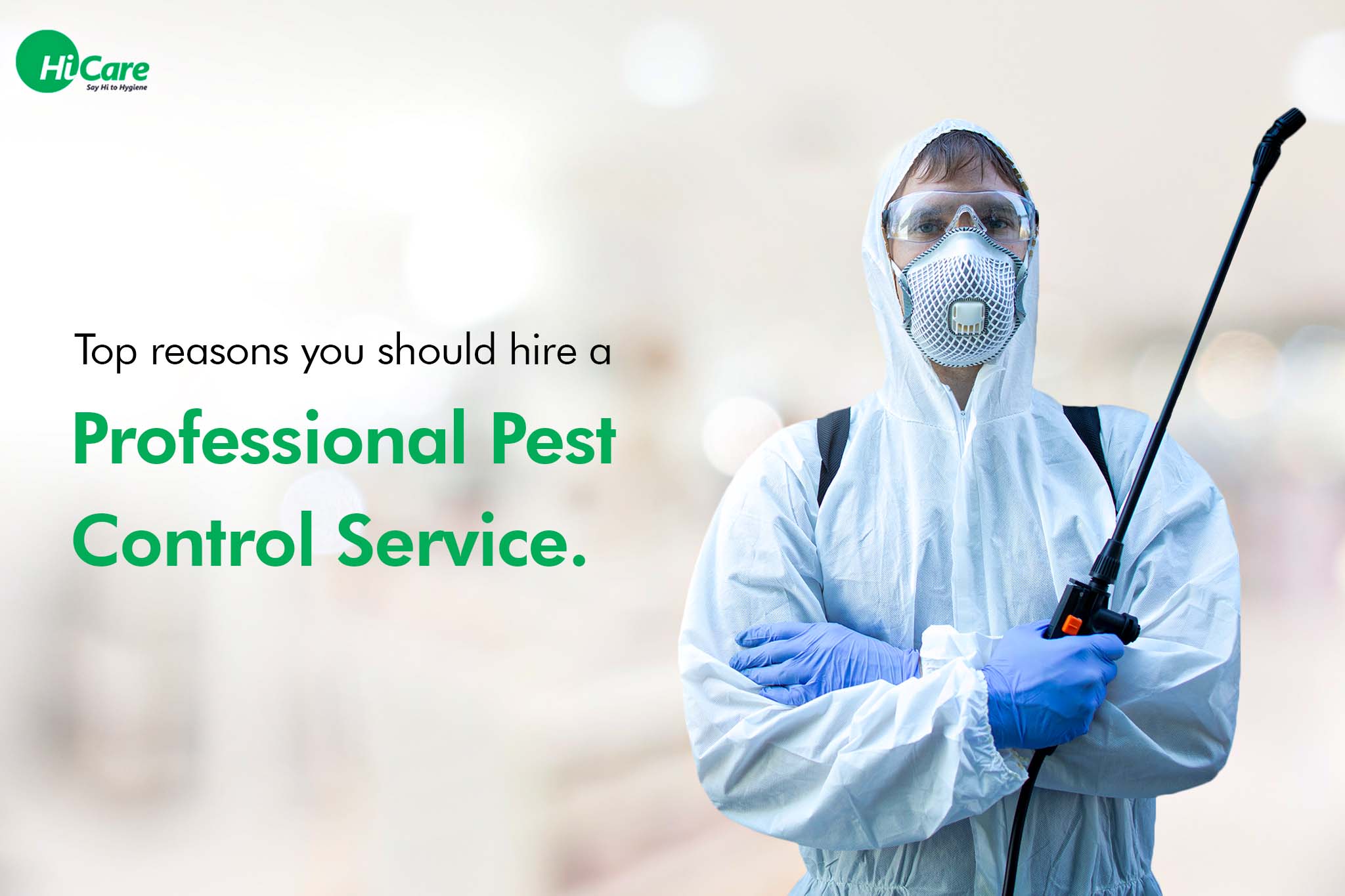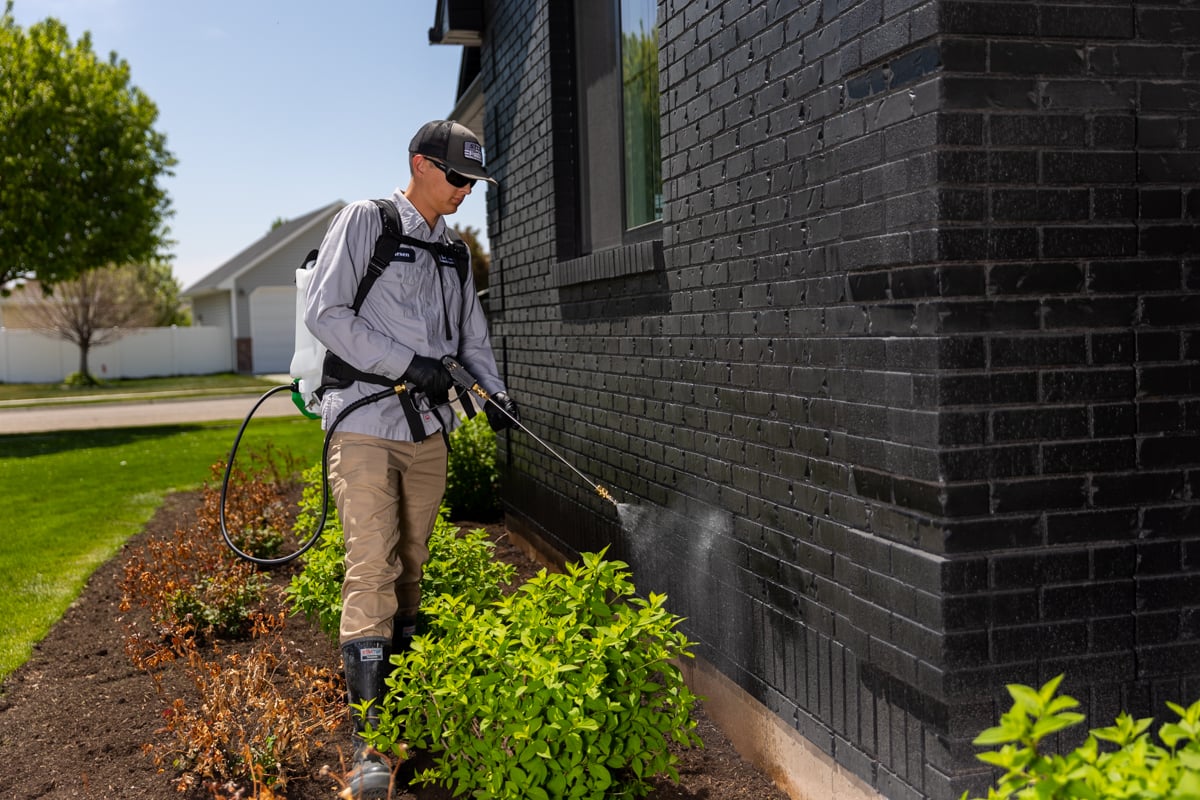A1 Bed Bug Exterminator Charlotte - Specialized Bed Bug Elimination
A1 Bed Bug Exterminator Charlotte - Specialized Bed Bug Elimination
Blog Article
Bed Insect Therapy Break Down: Contrasting Chemical Vs. Non-Chemical Solutions
In the realm of insect control, specifically when taking care of the persistent concern of bed insects, the selection between chemical and non-chemical therapy services can be a pivotal one. Both approaches offer unique benefits and disadvantages, influencing elements such as performance, safety considerations, and general expense. By taking a look at the nuanced details of each technique, a more clear understanding of which path to go after in resolving a bed bug invasion can be obtained.
Performance of Chemical Treatments
Chemical treatments for bed insect infestations have actually been extensively identified for their potent and rapid efficacy in eliminating these insects. When taking into consideration the performance of chemical therapies, it is crucial to recognize that they can give a fast and complete solution to a bed pest issue.
Furthermore, chemical therapies have the benefit of providing residual results, indicating that they can remain to remove bed pests even after the first application. This residual activity is particularly beneficial in combating any kind of prospective re-infestations. Additionally, the quick activity of chemical treatments can bring relief to individuals facing extreme bed insect infestations, permitting them to gain back control of their home quickly.
Security Worry About Chemical Solutions
One critical facet that calls for mindful factor to consider when making use of chemical solutions for bed insect therapy is making certain the safety of occupants and the environment. Exposure to certain chemicals used in bed pest therapies can lead to respiratory system concerns, skin irritability, or various other negative responses, particularly in individuals with pre-existing conditions or sensitivities.
Moreover, the ecological influence of chemical options is one more considerable consideration. Some pesticides made use of in bed pest treatments might be harmful to advantageous insects, wildlife, and environments if they leach into the dirt or water systems. It is necessary to use chemical treatments judiciously, adhering to safety and security guidelines, and taking into consideration less toxic choices to minimize these dangers and make sure the risk-free and effective administration of bed bug problems.
Benefits of Non-Chemical Approaches
Taking into consideration the prospective safety and security issues and environmental impact connected with chemical services for bed bug treatment, exploring non-chemical techniques provides an appealing choice with a number of distinct advantages. Non-chemical methods use a safer alternative for homes, specifically those with individuals, family pets, or children delicate to rough chemicals. These methods remove the risks of direct exposure to toxic compounds, lowering the potential for negative wellness effects. Moreover, non-chemical therapies are eco-friendly, as they do not add to air or water pollution, making them a sustainable selection for pest control.
Furthermore, non-chemical remedies can be effective in targeting bed insects, including hard-to-reach locations where chemical therapies may not permeate. Techniques such as warm therapy, vacuuming, vapor cleansing, and cushion coverings provide extensive elimination without using dangerous chemicals. Furthermore, non-chemical techniques can be less disruptive, needing very little preparation and permitting quicker reentry into treated areas. Overall, going with non-chemical bed pest therapy approaches not just focuses on security and environmental management however likewise guarantees efficient website here and comprehensive pest control.
Limitations of Non-Chemical Treatments

Additionally, non-chemical treatments typically call for multiple applications to achieve effective obliteration. This can be time-consuming and may not constantly assure complete elimination of all bed insects and their eggs, especially in hard-to-reach or hidden places.
Furthermore, the success of non-chemical treatments greatly counts on correct implementation and thoroughness, which can be challenging for individuals without expert expertise. Inadequate application of non-chemical methods may cause insufficient elimination, resulting in consistent invasions and the requirement for added therapies.
Consequently, while non-chemical treatments have their benefits, it is this hyperlink necessary to recognize these constraints and consider them when establishing the most efficient method for handling bed insect invasions.
Expense Comparison: Chemical Vs. Non-Chemical Options
Given the restrictions connected with non-chemical therapies, a necessary facet to assess in the context of bed pest administration is the cost comparison in between chemical and non-chemical choices. In comparison, non-chemical treatments like warm treatment or vapor can be more costly, with prices ranging from $1,000 to $6,000 for a whole home. While the initial price of chemical treatments may appear lower, several therapies may be needed to totally eliminate the problem, potentially boosting the total cost.
Final Thought

Considering the potential safety and security worries and environmental impact linked with chemical remedies for bed bug treatment, exploring non-chemical approaches offers an encouraging choice with several distinctive benefits.Offered the constraints connected with non-chemical treatments, a crucial aspect to assess in the context of bed insect management is the price comparison between chemical and non-chemical choices. In contrast, non-chemical therapies like heat therapy or heavy steam can be more costly, with costs varying from $1,000 to $6,000 for an entire home. While visit our website the first expense of chemical therapies may seem reduced, multiple therapies may be called for to fully get rid of the invasion, possibly enhancing the total expense.In conclusion, when comparing chemical and non-chemical bed bug treatment alternatives, it is vital to think about performance, safety and security, advantages, restrictions, and price.
Report this page